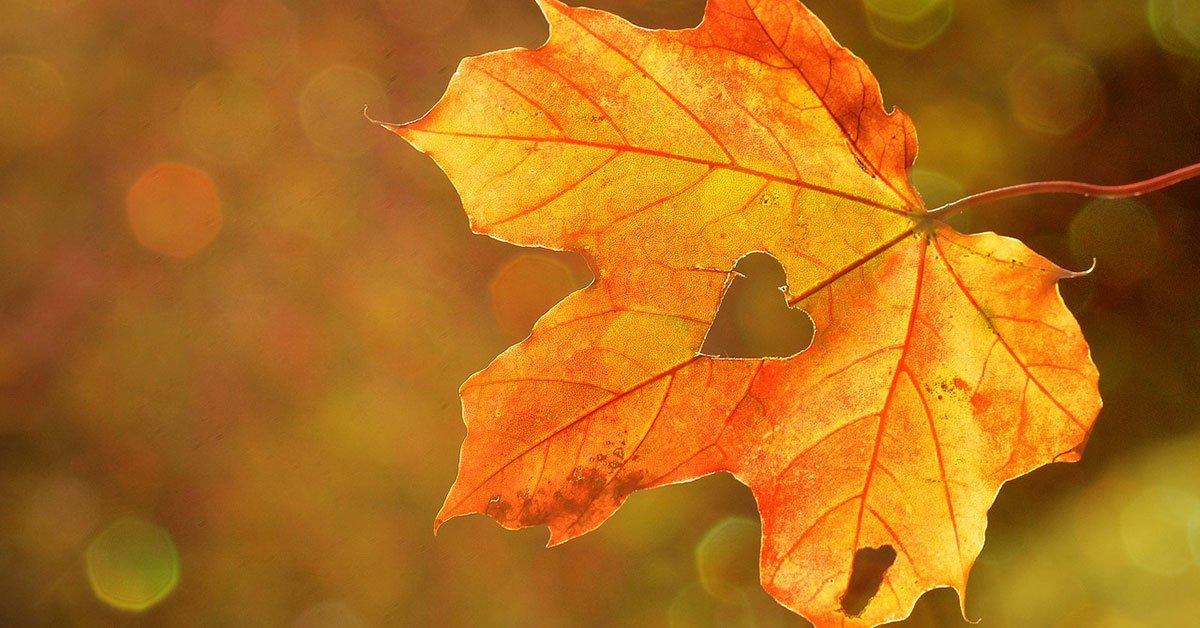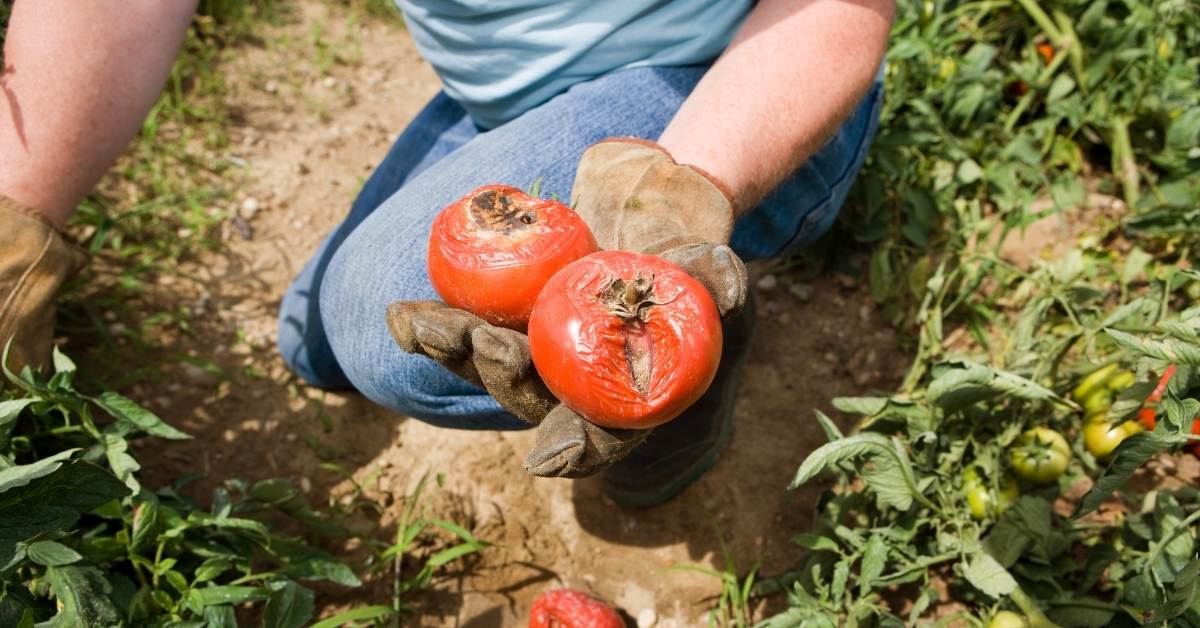Having amazing plants in your house or backyard is an easy method to flaunt a green coat if you know how to recognize the issues on your plants and handle the situation before it’s too late. In case the state of your crops has started to cause you to wonder whether you truly have some skills as a gardener, then there is no need to worry. This useful guide will provide you with simple pointers on how to recognize the issues on your plants by showing signs of pests on leaves.

Plants, just like humans, need specific conditions to flourish. A deficiency of sun (or too much), an excessive amount of water (or too small ), and germs are a couple of things that may turn a plant out of magnificent to ailing at a snap. Take a look at a couple of explanations to notice the possible reason why your plant might not be flourishing.
You might also like this: Plants that tolerate waterlogging
How to recognize the issues on your plants caused by Pests:

The first step in the detection and identification of plant diseases is knowing about pests and bugs and the damage of them. Bugs and pests may do a surprising quantity of harm, particularly considering how little they are. You’ll see bugs residing on the leaves and might even see holes in which bugs are enjoying dinner. Consider spraying the plant using insecticide, in accordance with Spring River Nurseries.
How to identify plant problems caused by Insufficient Water or Overwatering:

It is usually pretty clear to recognize the issue if your plant is not getting sufficient water; however you may overwater a plant, also. Consider repotting the plant from the soil with greater drainage and maintain a milder hand when mowing. It shouldn’t be forgotten that overwatering the plant is as harmful as leaving it thirsty.
You might also like this: The new spider species named after Greta Thunberg
How to Diagnose Plant Problems caused by Lack of Sunlight:

When the plant begins to appear droopy and exhausted, it might not be getting sufficient sun. Sun assists the plant produce the foods it should grow. Ensure that your plant is getting sufficient sunlight by transferring it into a brighter place.
Along with sunlight and water, the plant might require an increase of minerals to place more perk in its own foliage. Frequent deficiencies contain potassium, magnesium, zinc, iron, nitrogen, and phosphorus. Yellowing on the borders or mild discoloration all around the foliage signals plants could be lacking a couple of minerals.

These nutrients are crucial for healthy plant development:
Macronutrients like phosphorus, calcium, potassium, and magnesium can be found in lime or natural composts. Plants need micronutrients like boron, aluminum, iron, chloride, and zinc to develop; however they want less of these, based on North Carolina Agriculture. Including a little lawn, clippings will offer enough micronutrients.
To learn how to identify plant problems, keep observing the plants and tracing them for smaller changes so you will not miss the right time to reinforce the water, sun, or nutrient levels in the first indication of drawback.
Can you share your additional ways of maintaining your plant’s health condition?
FAQ – Plant Issue Detection
What are my plants’ leaves telling me?
If the leaves on your plants are beginning to wilt, this is a sign that they need water. The yellow leaves are requesting that you withhold the water. You are torturing me with your thoughtfulness. Let’s take a look at some of the messages that are being sent to you by your plants. No one enjoys stress, not even plants.
How are leaf problems diagnosed?
Examine the leaves or the foliage, and pay attention to their color, shape, and size. If the color is wrong, it might be because of an issue with the nutrients (which could be simple to fix), insect damage, or damage caused by either too much or too little water. There may be an issue with the plant’s nutrients, pests, or care if the leaves are abnormally small, stunted, or deformed.
What does it mean when plant leaves curl?
When the tips and edges of the leaves curl inward, also known as “cupping,” this indicates that the plant is attempting to conserve moisture. The presence of downward curling in any form is almost always an indication of overwatering or overfeeding.
How do you know if a plant is happy?
A healthy plant will often have colorful blooms, leaves that are glossy dark green, and roots that are white in color. When it receives excessive water, the plant’s extremities will begin to turn yellow, and the rhizome will become brown or even black.
Why do leaves turn light green?
The inability of leaves to get sufficient sunshine is the most prevalent cause of their yellowing. You are surely aware that leaves have a high concentration of chlorophyll, the chemical that enables plants to convert the energy from sunlight into usable form via the process of photosynthesis. The chlorophyll in your plant will become a vibrant green when photosynthesis is proceeding normally.
Why do leaves turn dark green?
The lack of sufficient exposure to sunshine is the most typical cause of leaves becoming yellow. You are undoubtedly aware that leaves contain a lot of chlorophyll, which is the chemical that enables plants to convert sunlight into energy via a process known as photosynthesis. When photosynthesis is going well for your plant, the chlorophyll will have a vibrant green color.
Image credits : nwdistrict.ifas.ufl.edu pixabay mnn


